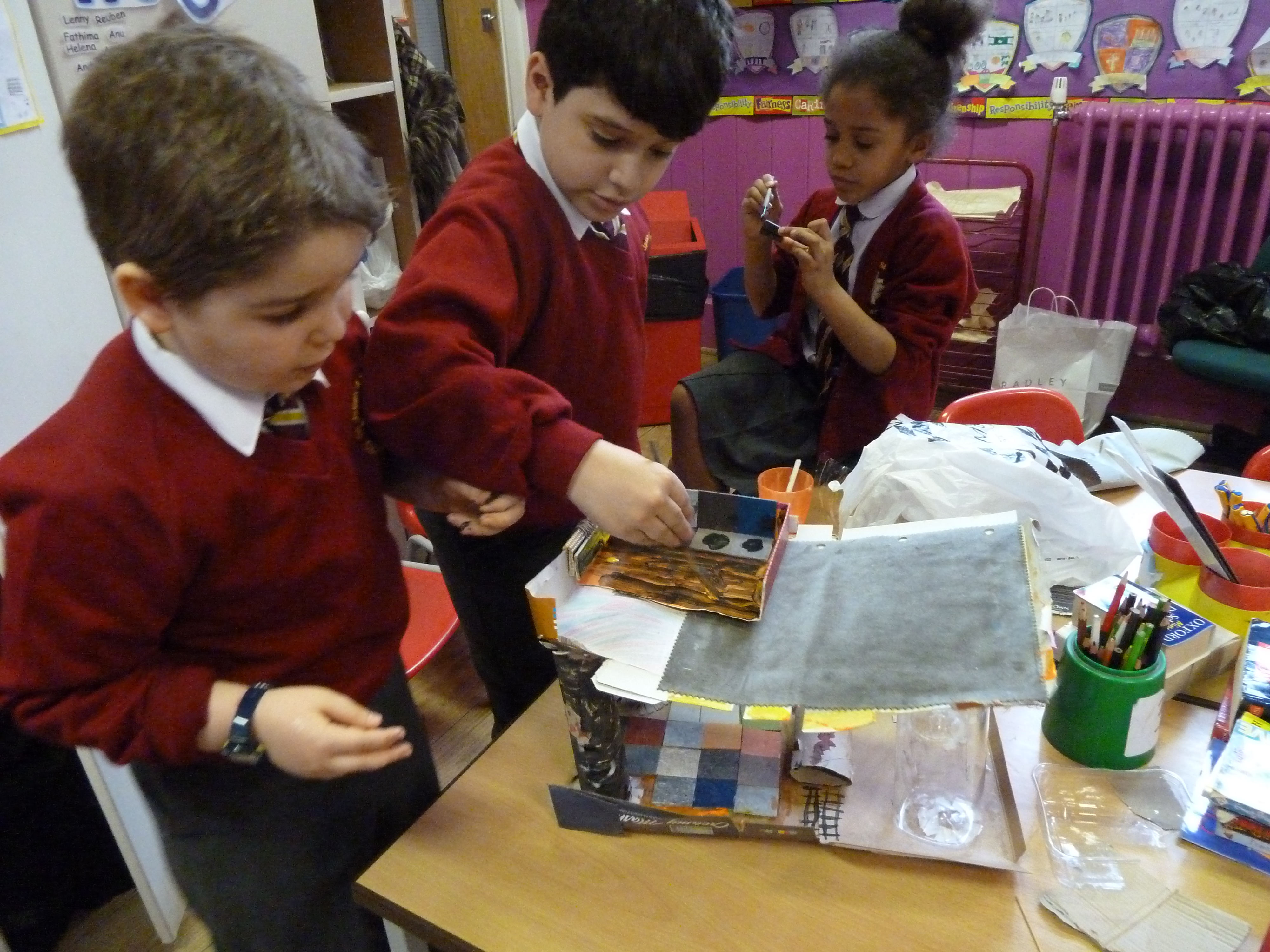Architype
Architype get involved in RIBA schools programme
By Ruth Queally

We recently took part in the RIBA Schools Programme, a new initiative designed to engage young people with architecture and promote understanding of our built environment. Ruby and I teamed up with year three pupils at St. James and St. John C of E Primary School in Lancaster Gate, West London, on an exciting master planning and design project.
We worked with the class teacher to devise a series of workshops which would fit in with the topics they had been studying. Ahead of the workshops, the pupils visited the RIBA’s ‘Creation from Catastrophe’ exhibition, which included Christopher Wren’s masterplan for the Square Mile after the Great Fire of London. Back in the classroom they had been exploring iconic buildings such as St Paul’s Cathedral, Eiffel Tower and the Shard. Drawing from this we introduced a scenario where their local area around Lancaster Gate suffered major flood damage.
Looking at a large scale map of the area, the pupils brainstormed what building typologies would be important to include in the rebuilding of the area. Pupils then worked in small groups to design a building, each group taking a different one from their list, which included a train station, hospital, hotel, theatre, church, school and a landmark skyscraper.
We shared some of our own architectural drawings with the pupils, after which they drew their own building plans. The children clearly enjoyed this process and engaged well with thinking about the different types and sizes of spaces they needed in the different types of buildings. Each group then made a physical model. The pupils were enterprising in transforming recycled boxes and materials samples into creative designs. The challenge for us here was to help them to consider scale and structure so that the models could stand up! At the end of the final workshop we reviewed all the designs with someone from each group presenting their model. The models were all assembled these into a considered cluster of buildings, with key buildings in the middle and train station at the edge, as a reimagined Lancaster Gate.
Many of the pupils said they wanted to be architects at the end of the workshops and it would be nice if some did enter the construction industry. What is more important, however, is that we encourage the next generation to engage positively with architecture and raise their aspirations for our built environment!
—

